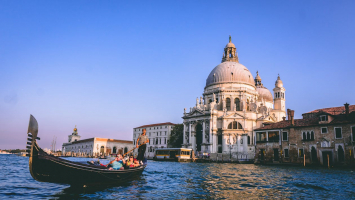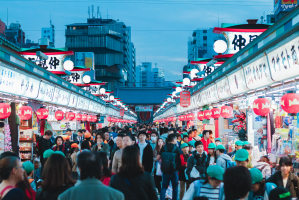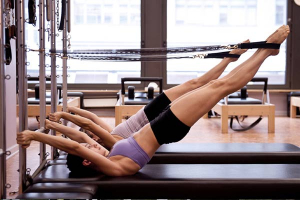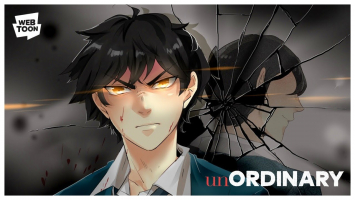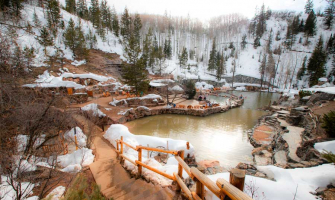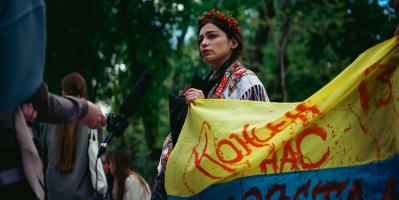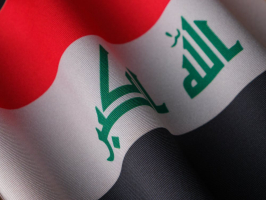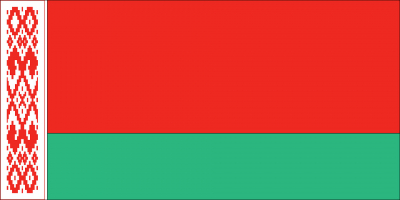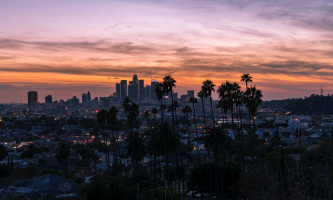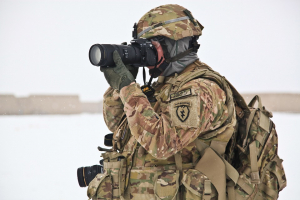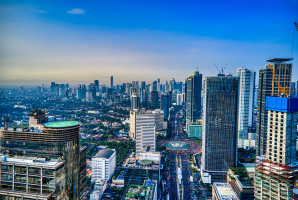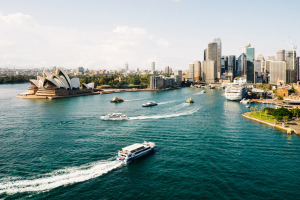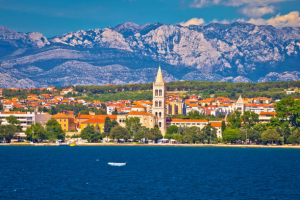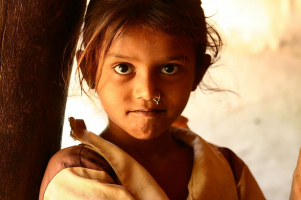Top 5 Reasons Why Belgrade is Europe’s Hidden Highlight
The city of Serbia is always evolving, with new bars and eateries joining longtime favorites. The city's vibrant café culture and the best nightlife in Eastern ... read more...Europe can again be enjoyed to the fullest thanks to cooler temperatures after an oppressively hot summer. Here are the reasons why Belgarde is Europe's hidden highlight.
-
Few cities have used their riverfronts as effectively as Belgrade has. The Danube and Sava rivers are lined with more than 200 floating pubs, clubs, and eateries known as Splavovi. These establishments range from cozy tiny cafés to expansive nightclubs that stay open until dawn. While some are only open during the summer, others, like Splav Play, operate all year round. Cocktails for less than 500 dinars come with lovely river views.
Here are some suggestions for you. The most well-liked clubs in Belgrade are Mainstream Splavs. They are busy with partygoers every day of the week throughout the summer. You can party at clubs with Tech House or clubs with Hip Hop RnB music, depending on your musical interests. The majority of Belgrade's clubs play foreign music. Deep House beats, Tech House, and R&B. There is a dress code. You cannot enter in athletic attire. Regular Splavovi - Floating river Clubs demand reservations for tables. You will be put on a club guest list if you make a table reservation. The only way to enter one of them is in that manner. The fact that there are no entry fees is awesome! There aren't many alternative splavs around. 20/44, Shlep, and Zappa Baraka are three of the Few that are performing well. There is no specific attire that must be worn. Sport clothing is still not at all advised. No reservations are required.
The Sava River is the location of the open-air National Live Splavovi, floating river clubs that are similar to Mainstream summer Splavs. Rock and Turbo Folk Live Bands are available on National Live Splavs in the local tongue. Between sets, a DJ will play international music. Summertime is a great time for national live music splavs because a lot of ex-Yugoslavians return for the holidays. Clubs require early table reservations and prompt entry. Do not arrive at a club in sportswear or when intoxicated. Even if they have a reservation, drunk persons are not permitted in Belgrade clubs.
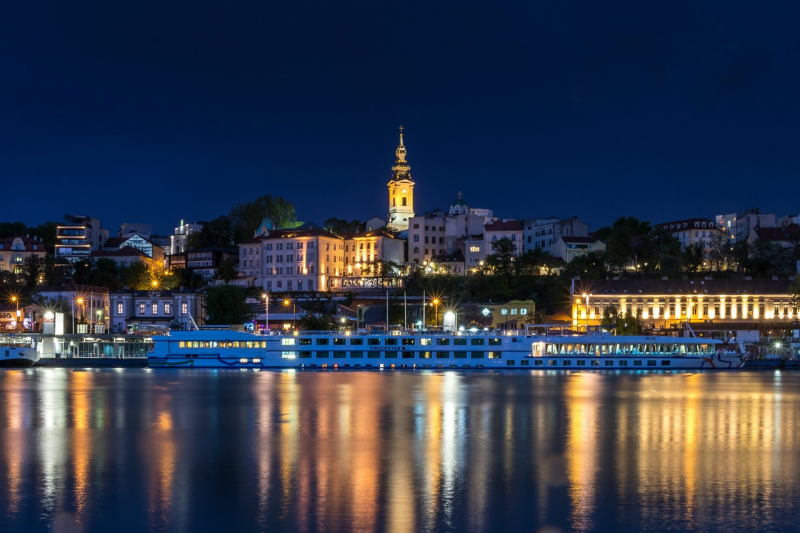
Photo by Stevan Aksentijevic on Pixabay 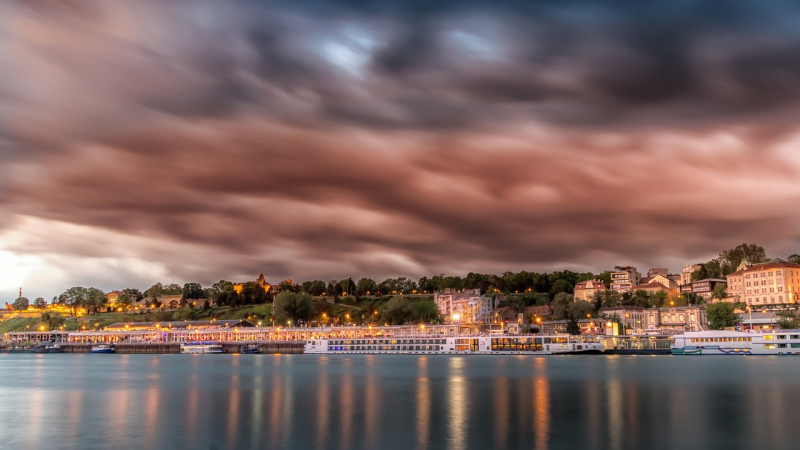
Photo by Stevan Aksentijevic on Pixabay -
Rich cuisine is the second reason why Belgrade is Europe's hidden highlight. Belgrade has an overwhelming variety of eateries, many of which are laughably affordable by most European standards. There are several authentic Serbian eateries in the old town where you may taste traditional Balkan foods like cevapcici (meat rissoles) and roasted red peppers loaded with cheese. Alternatively, you can join the hippie crowd at Beton Hala's diverse array of waterfront restaurants, where Italian, Spanish, and Asian flavors predominate. Belgrade has been destroyed and rebuilt more than 40 times as control of Serbia has changed hands throughout the centuries. Local culinary traditions change with each drastic change. But some things never change, including the vast meadows, abundant vineyards, mountainous countryside, and aromatic forests of this former Yugoslavian republic.
The restaurant appeared to be a fusion of Scandinavian design and jungle aesthetics with its clean lines, ash and pearl tones, blond wood, and rattan furnishings. Everyone was celebrating something, it seemed. Tables received rounds of rakija, a Serbian fruit brandy. One waitress reported that the celery confit with truffle butter, rum, and hazelnut was in high demand. In contrast to conventional kafanas, the quaint pubs famed for heaping dishes of pork and hearty peasant cooking, Tisa is the third restaurant from Vanja Puskar.
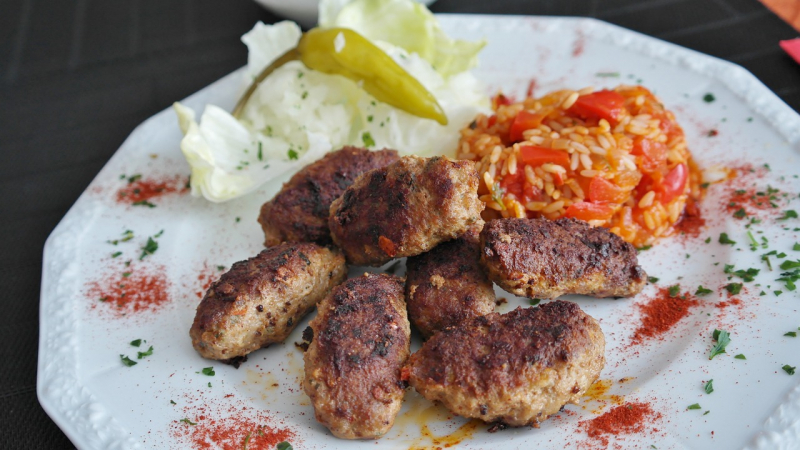
Photo RitaE on Pixabay 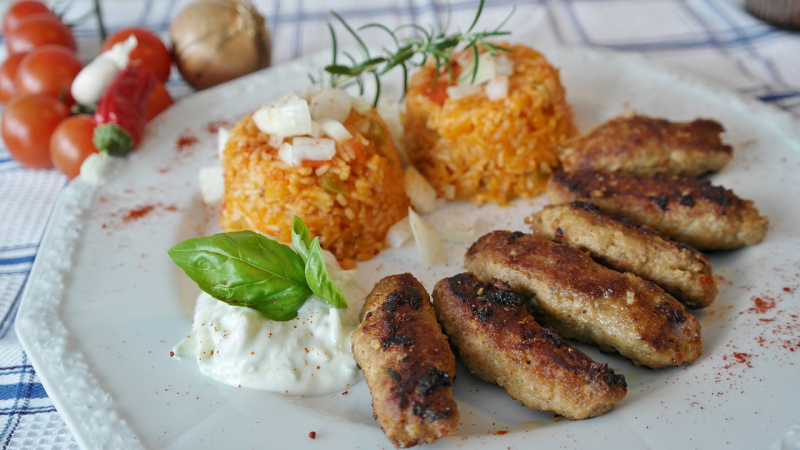
Photo RitaE on Pixabay -
Visit Savamala, historically a shabby neighborhood of abandoned warehouses and crumbling Art Nouveau homes, on the eastern bank of the River Sava. Bars and clubs have been pouring into the vacant buildings over the past few years, giving them a hyper-trendy new vibe. Both KC Grad and Mikser House, which are located in former warehouses and provide a variety of live music, food, drink, and vintage clothes stalls, have taken the lead in this creative revival. Before visiting Tranzit Bar for cocktails in its brick vaulted interior, grab a drink in the cool industrial Prohibicija or the shabby-chic garden of Klub Dvoristance.
You can consult these suggestions. Around the banks of the Sava River, the city of Savalama is centered on the lively Karadjordjeva Street. It displays a rich history of priceless historical structures from the late 19th and early 20th centuries as well as several artifacts from the Ottoman era. Depots and warehouses, examples of 20th-century industrial legacy, appear to have vanished into obscurity. The first stage of gentrification was present up until 2008, when bottom-up urban development began. A brand-new Cultural Center Grad debuted in a 19th-century warehouse on Brace Krsmanovica Street, followed by the club Mladost, a hub for the creative industries, Mikser House, and the annual Mikser festival. Savamala has so far gone through multiple gentrification phases, with the most recent one being brought on by the Belgrade Waterfront project.
In the Belgrade inner city, a new bar district has appeared since the final few months of 2015. It is cleverly disguised in the yard behind the white fence of the former BIP factory at 15a Cetinjska Street, next to Bajloni Market and BITEF Alternative Theatre. We really appreciate Polet, which is close by but a little "up" in that direction. It functions more like a cross between a culture center, gallery, and bar. You can sample some vintage music and literary events here, to mention a few, and get a coffee during the day.
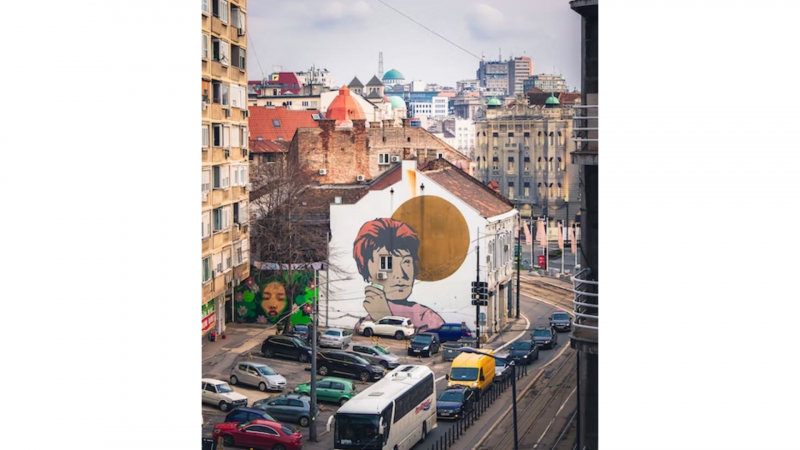
Photo by Nikola Aleksic on Unplash 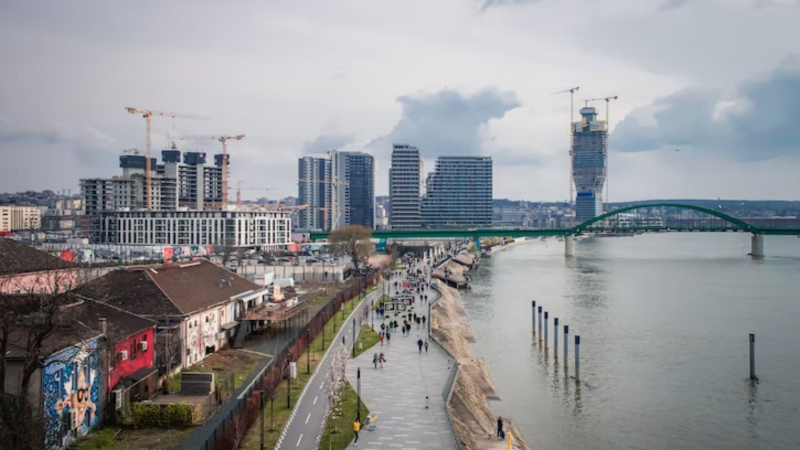
Photo by Nikola Aleksic on Unplash -
The next reason why Belgrade is Europe's hidden highlight is that you can immerse in Bohemian vibe with Skadarlija. Skadarlija, a nineteenth-century bohemian neighborhood where poets and artists used to congregate and fight over coffee, rakija, and cigarettes in cafés along its uneven cobblestone pathways, is the closest thing to a tourism district in Belgrade. Alongside classic Serbian restaurants, where diners are serenaded by street musicians playing traditional folk songs, you can still find the coffee, rakija, and cigarettes—along with some very uneven cobblestones. If you generally run a mile at that kind of event, calm down; it all contributes to the festive atmosphere and leaving a gratuity is not required. The home of renowned Serbian poet and artist Ura Jaki is also located in Skadarlija; it is now a venue for literary events and concerts. Dinner at one of the aforementioned establishments offers a chance to experience Skadarlija's bohemian spirit. You will undoubtedly savor the delights of Serbian cuisine, starting with the appetizers, soups, main course, and sweets, all while listening to soothing old-city music. One of the native rakijas could be your welcome beverage. Later, you can choose beer and wine from a wide range.
The current Skadarlija, a narrow, curved street, is a popular tourist destination in Belgrade. Along with renowned eateries, hotels, art galleries, antique stores, and gift shops, it also has the Sebilj fountain. Along the street, performers in traditional Serb garb and groups playing Serbian brass music may be seen. Skadarlija is regarded as an area frequented by young couples and full families with children, in contrast to other comparable and well-known but upscale locations in Belgrade. Restaurants serve traditional national fare, with roštilj (grilled beef) with pivo being a standout (beer). Up to 20,000 people every day visit Skadarlija's cafés, restaurants, art galleries, and cobblestone promenade (kaldrma).
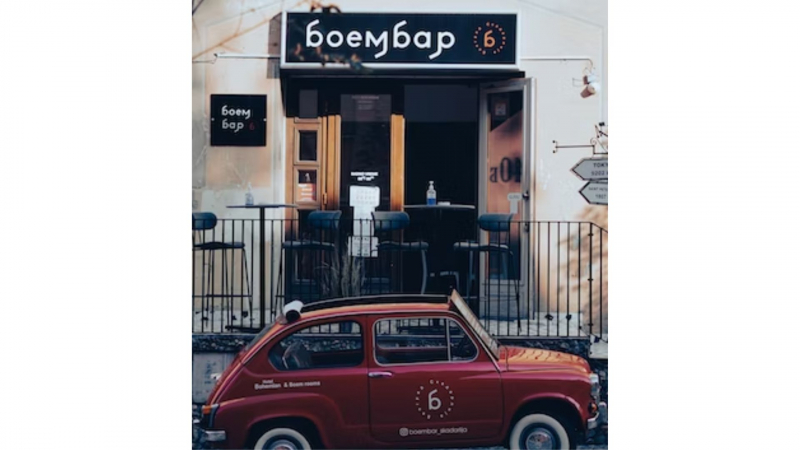
Photo by Raxit Gamit on Unsplash 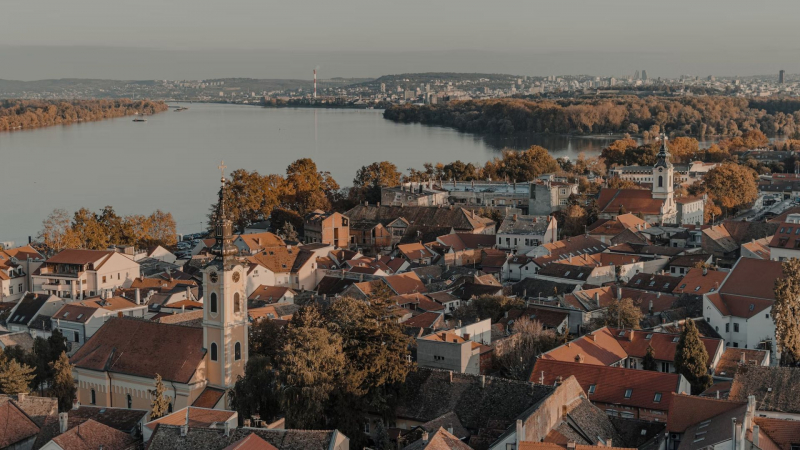
Photo by Nikola Cirkovic on Unsplash -
The Kalemegdan Fortress is undoubtedly Belgrade's most stunning landmark. Built between the second and eighteenth centuries. Yes, it took forever to complete. Numerous times, it was destroyed and rebuilt. The fort has come to represent Belgrade. The Romans had it constructed in the second century. This region was being guarded by the Roman legion IV Flaviae. They have fought against armies of Huns, Goths, Avars, and us Slavs. The historic Singidunum was built during the busy time. Later, Singidunom became Belgrade, the name used today.
You can only fully appreciate this location's beauty and significance if you actually go there. There is more history underfoot in the Belgrade citadel than can be found in history books. The alleged "Roman well," which was actually constructed in the early 18th century, conceals many tales. The majority of the city's entrance gates have been intact, and the clock tower known as the Sahat tower still maintains its original appearance. Awe-inspiring views of the city may be seen from the Danube and Sava rivers. You will see the enormous "Victor," a symbol of Belgrade and a triumph over time, soaring above the city walls. Ivan Metrovi's bronze sculpture of a naked man clutching a pigeon and a sword was unveiled in honor of the Salonika Front's breakthrough's tenth anniversary.
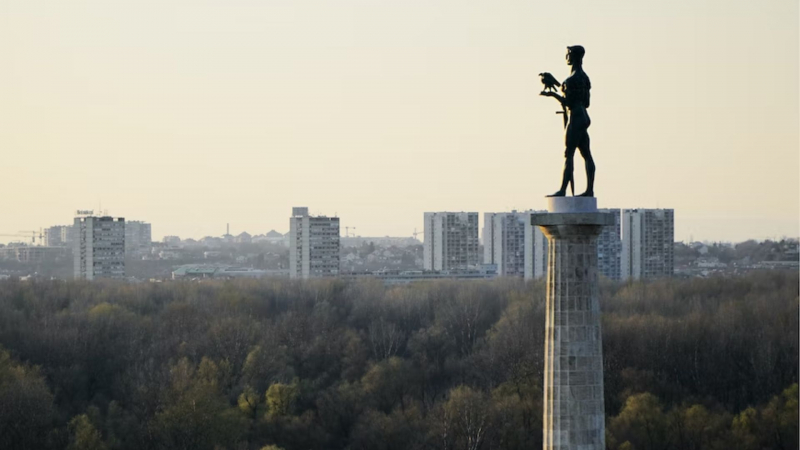
Photo by Ivan Aleksic on Unsplash 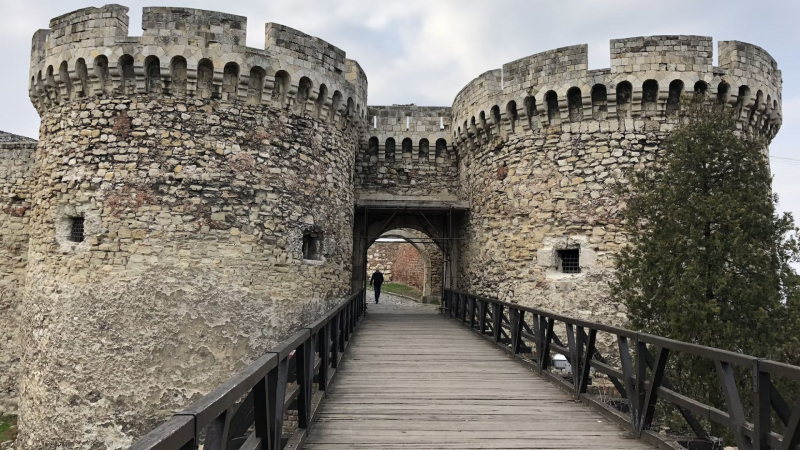
Photo by Evgeny Smirnov on Unsplash







